Zurich, the largest city in Switzerland, has a rich history of urban development that spans over two millennia. The city’s strategic location on the shores of Lake Zurich and its proximity to the Limmat River contributed to its early growth and importance. Here is an overview of Zurich’s history of urban development:
- Roman Era (15 BC – 400 AD): Zurich’s history can be traced back to the Roman era when it was known as “Lindenhof.” The Romans established a customs post and a military camp called “Turicum” around 15 BC. The Lindenhof area, a hill overlooking the river, served as a nucleus for settlement.
- Medieval Zurich (9th – 15th century): During the Middle Ages, Zurich gradually evolved into a market town. It gained importance as a trade and commerce center. In 1218, Zurich was granted imperial free city status by the Holy Roman Emperor Frederick II. The city began to expand, and the construction of fortifications, including the iconic Grossmünster and Fraumünster churches, started during this period.
- Reformation and Growth (16th century): The 16th century marked a significant period for Zurich due to the Protestant Reformation led by Ulrich Zwingli. The city’s political landscape changed, and the Reformation influenced not only religious life but also civic and economic aspects. Zurich continued to grow as a cultural and economic hub.
- 18th and 19th Centuries: Zurich experienced further growth during the 18th and 19th centuries. Industrialization played a crucial role in transforming the city’s economy. The Limmat River was used to power mills and facilitate trade. The city’s infrastructure expanded, and the construction of railways in the 19th century enhanced connectivity.
- 20th Century and Modernization: Zurich continued to modernize in the 20th century. The cityscape underwent significant changes with the construction of new buildings and the expansion of transportation networks. Zurich became a global financial center, and its role as a cultural and educational hub solidified.
- Contemporary Zurich: In recent decades, Zurich has maintained its position as a global financial center and a hub for cultural and academic activities. The city has invested in sustainable development and urban planning. Public transportation, including an efficient tram system, contributes to the city’s accessibility. Architecturally, Zurich is a blend of historic buildings and modern structures.
- Green Initiatives and Sustainable Development: Zurich has been at the forefront of sustainable urban development. The city has implemented green initiatives, including extensive public parks and green spaces, as well as efforts to promote environmentally friendly transportation.
Overall, Zurich’s history of urban development reflects its evolution from a Roman customs post to a medieval market town, a center of the Reformation, an industrial hub, and finally, a modern, cosmopolitan city with a strong focus on sustainability and quality of life.

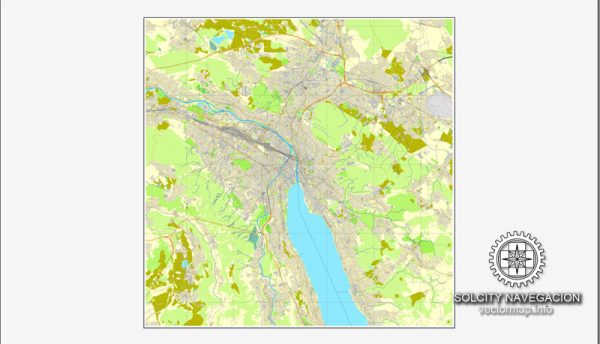
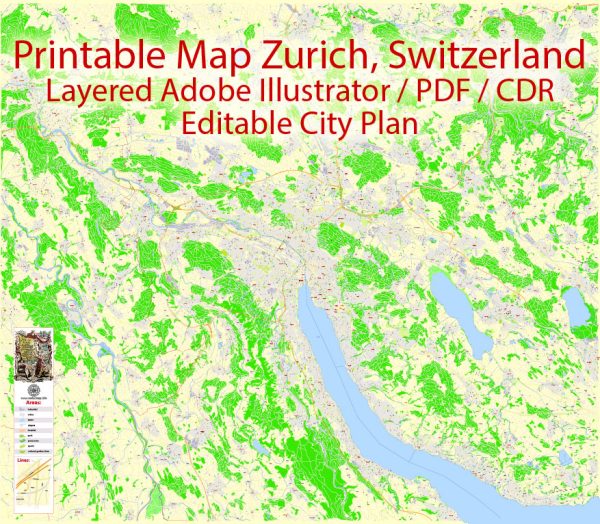
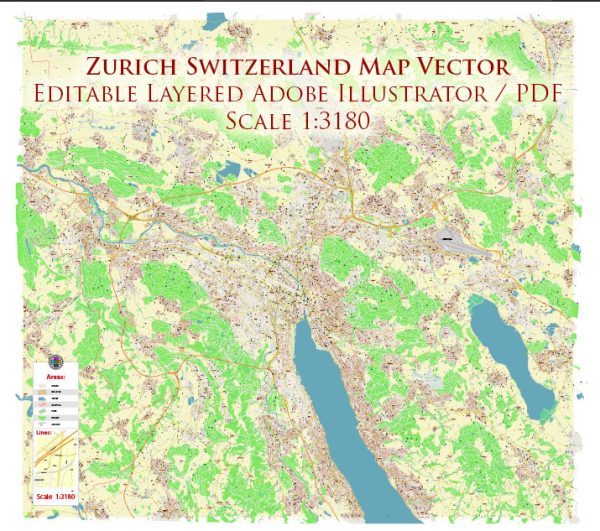
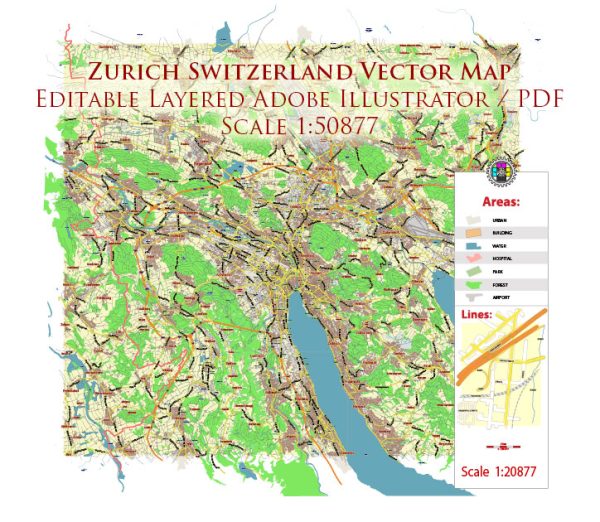
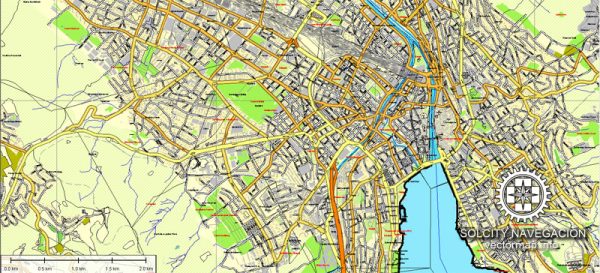
 Author: Kirill Shrayber, Ph.D.
Author: Kirill Shrayber, Ph.D.